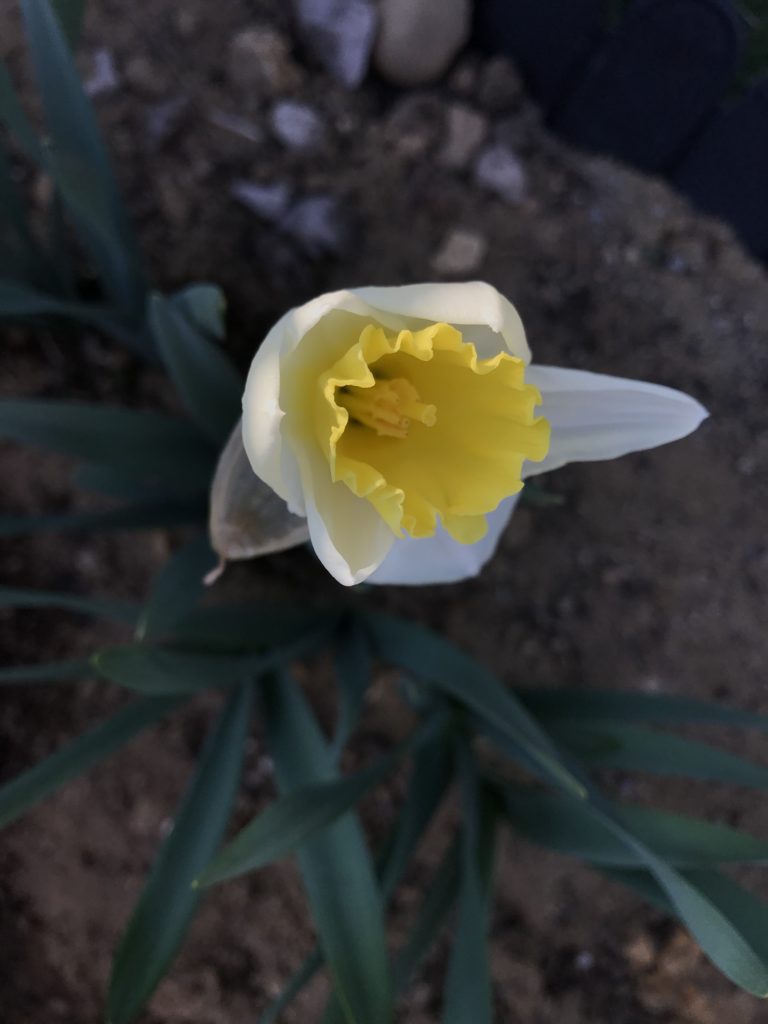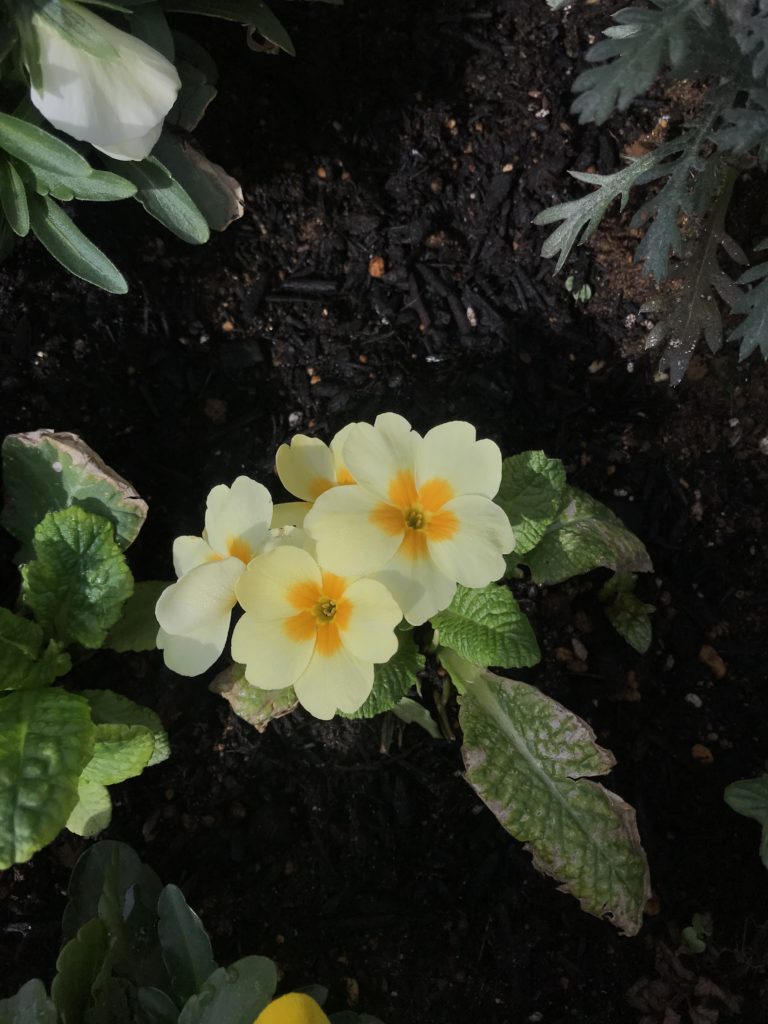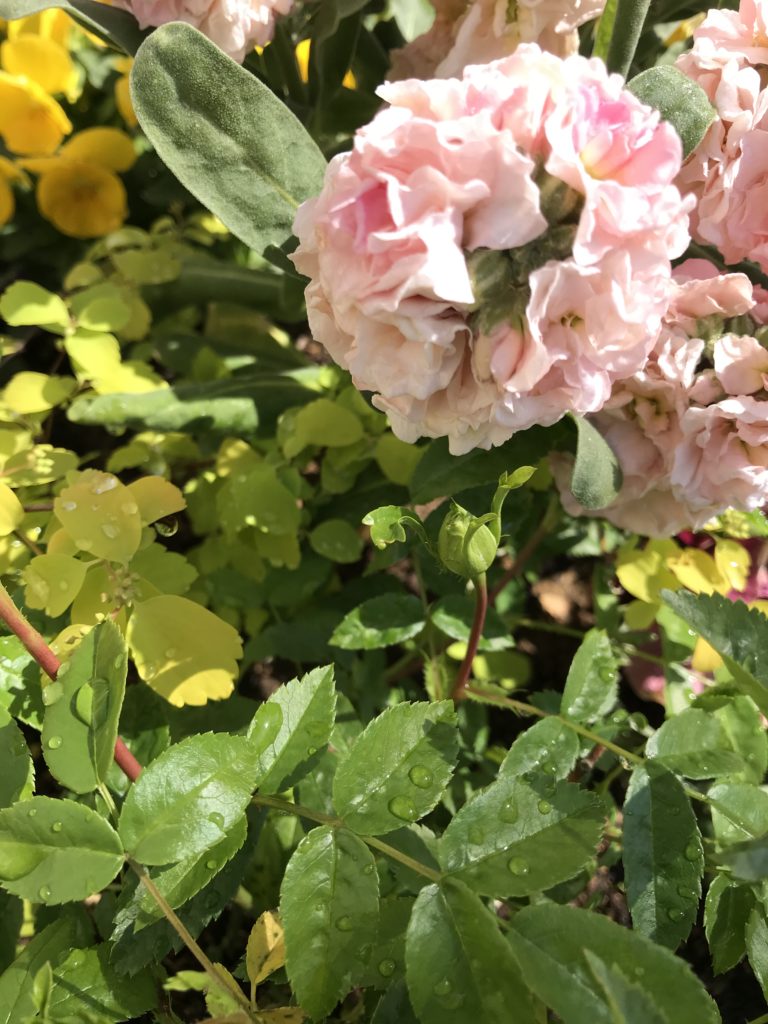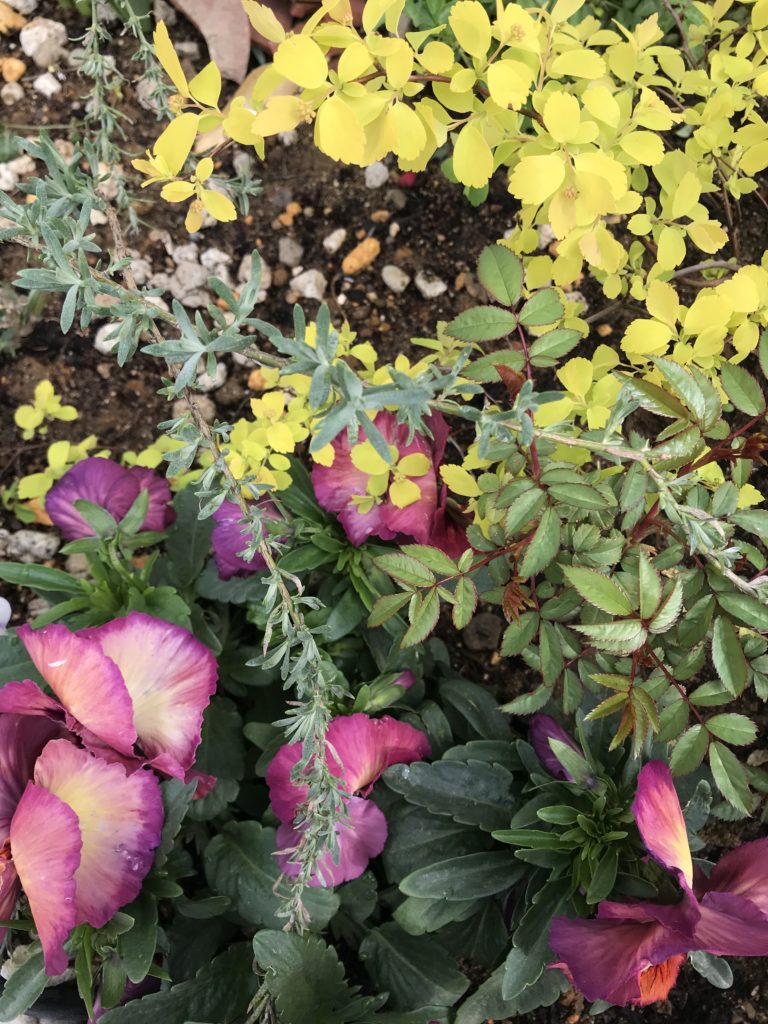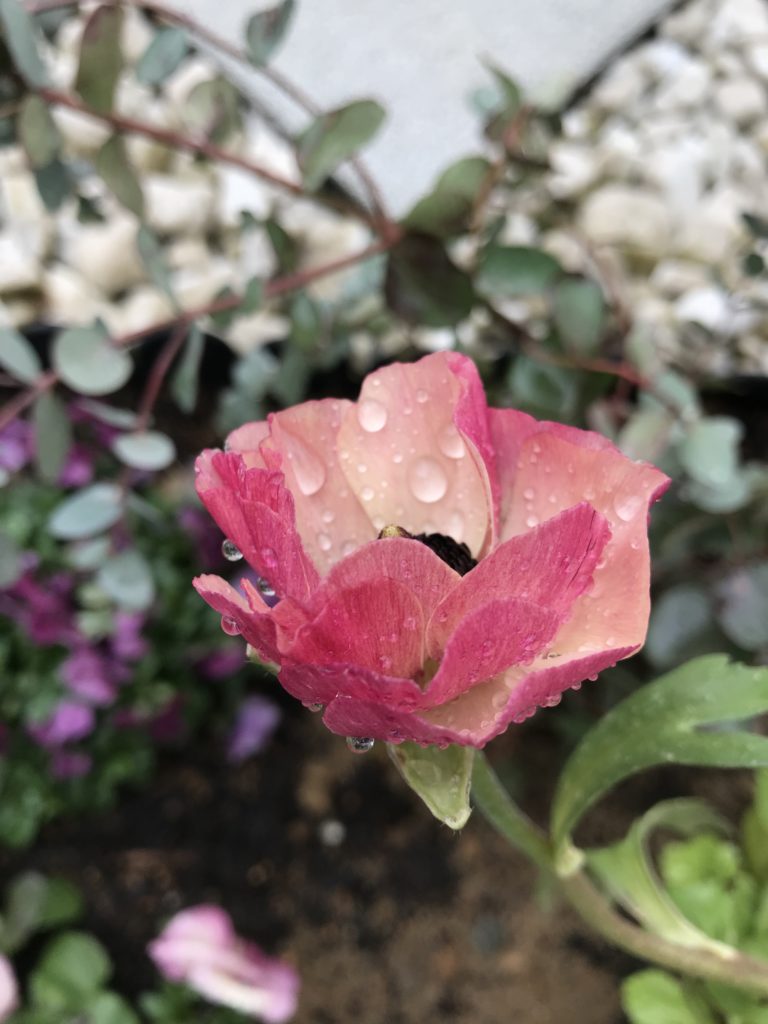Shoot
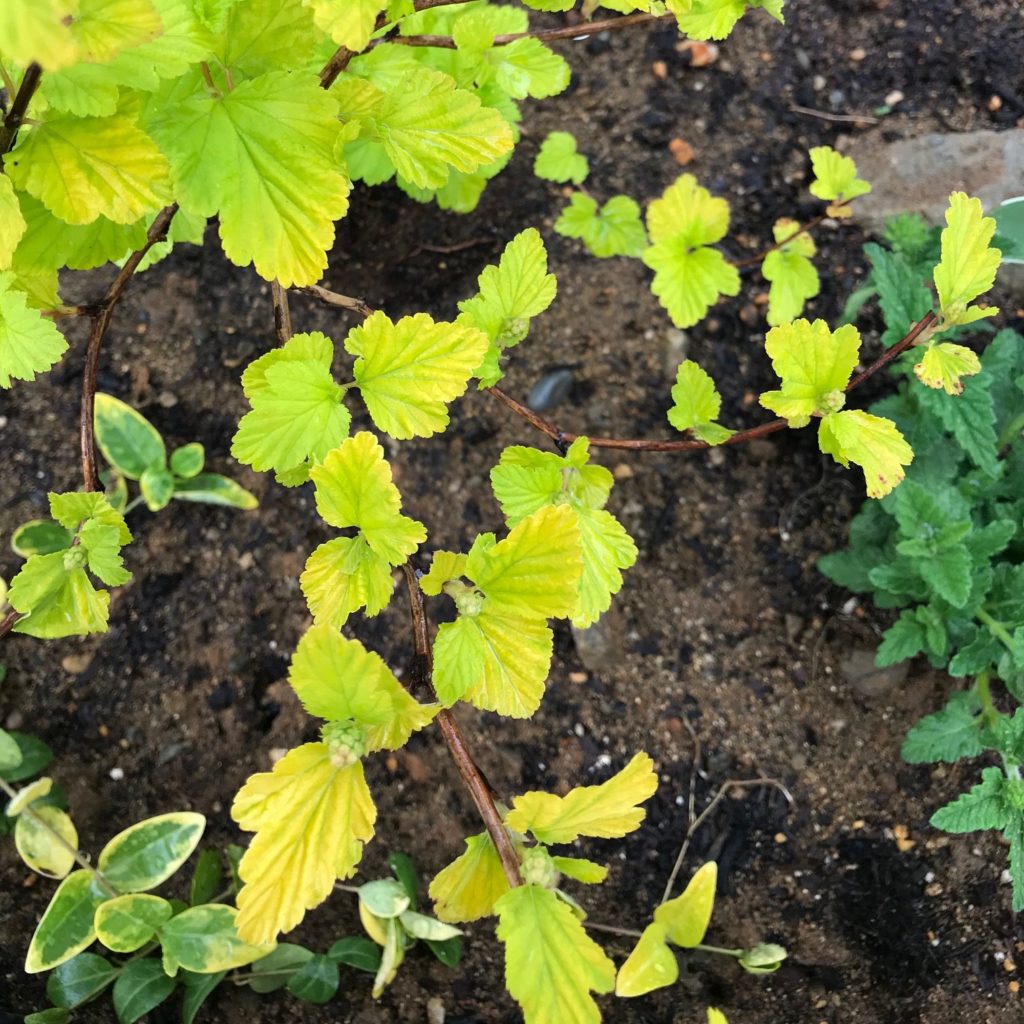
Interpretation of sound recording and composition of Shoot
Robert Simpkins
My sense experience and memory of Ayano’s home is often fragmented and transcends the physical architecture of the house. Over hour upon hour we have talked, as Ayano moves from room to room, from inside to outside, and back again. Photographs taken in real time as we speak are snapshots of a shared moment, a copresence dwelling in the pause of a picture of still life. Presence and absence intermingle in our communication. My body is not tied to the rooms, corridors or the windows in the house. I do not recognise their specific geography. Instead, I sense moments of place that Ayano shares with me; when we open a doorway in Ayano’s early morning, to the world outside, to gomi dashi and the crisp air that wakes me up though I am in darkness on the other side of the world.
The House is an architecture of memory, emotional and sensory, which does not resolve for me to a knowledge of the relation of one room to another. It is a patchwork of textures felt through shared online space, in the partial reality of Ayano’s life in mine. The house in my mind is quite fluid, and its walls are not solid.
When I began composing Shoot I listened quietly to the recording of an air purifier’s sound. Ayano recorded this and sent it to me, as she often records and sends environmental sounds from her everyday life. The recording was of a quiet moment indoors, and I was gradually overcome with a sense of absence. I desired to return to shared space, only to realise that absence is a seed and mirror image of our shared time in the house.
The sound of the purifier blowing air across a room swept me up. I travelled through the house on a gust, moving with the same drift as my memory of the physicality of the home. From the room to the window looking out over rice fields, to the kitchen and the doorway, and into the garden, all in the blink of an eye, on the invisible current of a passage of air. The view to outside is also a view to a place where Ayano is, and I realise that she exists in all elements of the house in my recollection of it. She is a part of the house that she designed, created and resides in. To share a coexistence with Ayano is to exist in a space in between, but also within the minutia of details: to recall a view from a window across seasons, and to be present with an image of a strawberry, a painted pot, an ikebana or to feel the whir of coffee being made as my ear presses against a phone. These things exist in me as timeless experiences from which and within which I share some sense and understanding of Ayano’s life.
The purifier air blew me to the garden, where Ayano was with her plants. She lives in her garden in symbiosis, breathing and in stillness with it. Ayano loses track of time in the attention she gives to the soil, shoots, plants, flowers and trees. The shoots that she sends to me as pictures are letters of her devotion to and care for the garden, another place in between, a cusp of life. The shoots remain vibrant, colourful and in rhythm with Ayano and the earth. I recalled the absence of these moments as I listen to the recording of the air purifier in a room, and also their reality as coexistence in the shape of our lives over the last year, of a corporeality at times as light as air.
Shoot is a representation of these moments, coexistences an absences, and of Ayano at home with the house and garden. The purifier may have moved the air in only one room, but this movement was a reminder of the transience of our shared space, which exists in the music as a chorus of presence in absence, of the air between us.




